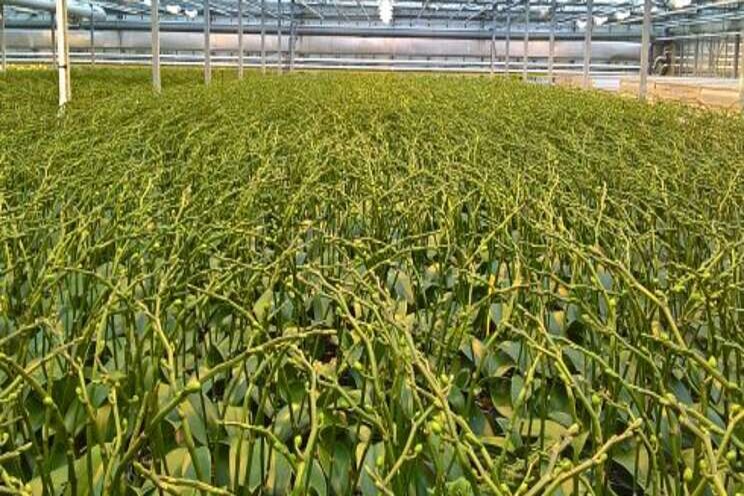Cleaner water entering & leaving the greenhouse
Added on 09 April 2020

<section style="margin: 0px; padding: 0px; border: 0px; font-style: normal; font-variant-ligatures: normal; font-variant-caps: normal; font-variant-numeric: inherit; font-variant-east-asian: inherit; font-weight: 400; font-stretch: inherit; font-size: 13px; line-height: inherit; font-family: verdana, sans-serif; vertical-align: baseline; display: block; color: rgb(51, 51, 51); letter-spacing: normal; orphans: 2; text-align: start; text-indent: 0px; text-transform: none; white-space: normal; widows: 2; word-spacing: 0px; -webkit-text-stroke-width: 0px; background-color: rgb(255, 255, 255); text-decoration-style: initial; text-decoration-color: initial;">
The requirements with regard to water use and discharge are becoming increasingly strict. From 2027, for example, zero emissions will apply to fertilizers and plant protection products. In the coming years, WUR therefore wants to monitor the composition of the recirculating water at companies that have been switched to zero-emission cultivation.
The aim is to identify bottlenecks to achieve zero-emission cultivation. It is already known, for example, that in the cultivation of phalaenopsis, recirculating water can cause zinc accumulation. A lot of water is also used during the cultivation change of amaryllis, for which a solution will have to be found. WUR will investigate possible technical solutions for the identified bottlenecks. For example, there are methods to remove zinc from water, which may help growers of phalaenopsis.
The project is not only about recirculation, but also about the source of the water. Rainwater can be used as irrigation water, but it is not always sufficiently available. Groundwater is not the best alternative: the concentrated residual flow after treatment with reverse osmosis may no longer be put in the underground from 2022.
An alternative will be investigated during the project: reclaim evaporative water from the crop with air treatment systems. This system has a number of important advantages. For instance: this allows the greenhouse to remain more closed, and as a result has the additional advantage of a lower disease pressure and a lower use of CO2. Moreover, the crop evaporates a lot in the summer, and the need for water is then also high. One of the disadvantages is that the system uses energy.
For the project 'Water-efficient cultivation on substrate', a financial contribution has been requested from Topsector Tuinbouw & Uitgangsmaterialen, Greenport West-Holland, STOWA, foundation Kennis In Je Kas, a number of companies (Bom Groep, Brinkman and Bruine De Bruin) and amaryll growers. During the project, WUR also collaborates with Glastuinbouw Nederland.
</section>
Source and Photo Courtesy of Wageningen University & Research
Source: Wageningen University & Research
More news















